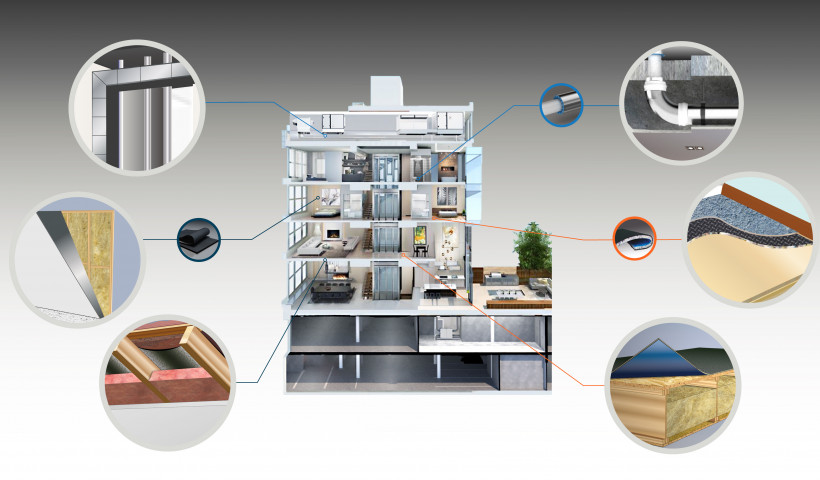
With children encouraged to communicate with each other, rising classroom noise levels have become a growing concern for teachers and students alike.
As part of their research that formed the basis of their academic journal article titled 'Classroom Acoustics — A New Zealand Perspective', Valentine and Wilson surveyed 120 primary school teachers from seven schools in the Auckland area. The collected survey responses revealed the following information:
- 71% of teachers surveyed reported the noise generated within the classroom is a problem.
- Many teachers commented that classroom noise is often at a significant enough level to increase teacher stress and irritability.
- 35% of teachers complained that the level they need to speak at strained their voice.
In a Ministry of Education (2007, p.12) report titled 'Designing Quality Learning Spaces: Acoustics' research indicates the ambient noise level in New Zealand classrooms ranges between 28 and 60 dB.
Ambient noise is the natural level of noise when a classroom is fully occupied. Higher levels of ambient noise can negatively reduce a student’s ability to concentrate.
The report also highlights the numerous sources both internal and external to a classroom that generate noise.
Poor classroom design was negatively impacting students and staff at Randwick Park Primary School in Manurewa, Auckland, New Zealand. Classrooms were demonstrating excessive noise levels from heavy rainfall as well as loud noise transmission between classrooms.
The noise problems were two-fold as the design shortfalls meant that noise was clearly audible between classrooms, to the point of providing major distractions to young students. These distractions made it hard for students to concentrate and subsequently very hard for teachers to teach. However, noise transmission between classrooms was not an issue on days when it was raining as it was completely masked by the constant drumming of raindrops falling on the classrooms untreated steel roofs.
For students and teachers to be heard and understood effectively, loud voices and sometimes shouting would be required from the teachers in competition with neighbouring classroom noise, rain noise and the volume from the children themselves. These circumstances provided a far from ideal teaching and learning environment.
Pyrotek Noise Control New Zealand was consulted to specify a solution to reduce rain-noise and noise transmission between classrooms.
Two soundproofing solutions were specified, both using Pyrotek Noise Control’s industry-leading flexible mass-loaded vinyl noise barrier Wavebar. Wavebar was specified for its outstanding acoustic properties, flexibility and durability.
Transmission between classrooms
Wavebar was used to stop transmission between classrooms by creating a barrier between the ceiling and the roofing iron in the roof cavity. The ceiling in the classrooms consisted of a corrugated perforated panel, designed only to reduce reverberation within the rooms. Above the panels was a 50mm thick glass-fibre blanket, with a commonly used roofing iron. Above the internal dividing wall between the classrooms was an open pathway where noise could travel through the ceiling tiles, through the cavity and down through the neighbouring classrooms’ ceiling, aided significantly by reflections off the underside of the roofing iron.
A double layer of 8kg/m² Wavebar was specified to be installed directly above each dividing wall in the roof cavity, effectively blocking the transmission path of noise between the rooms (figure 3 provides an illustration of the design). With a STC of 30 in a single layer, two layers of 8kg/m² Wavebar installed in this way provides further improved noise reduction.
Note: A single layer achieves a CAC, (ceiling attenuation class) of 50 with standard ceiling tiles.
All of the Wavebar in the ceiling cavity was fully sealed using a flexible mastic sealant to provide completely airtight seals between flashings, purlins and the roofing iron above — an important consideration.
Rain noise
The ceiling installed in the classrooms was not designed to provide attenuation of rain noise, neither was the installation of the glass fibre blanket.
To achieve a quiet classroom environment during heavy rain, 8kg/m² Wavebar was specified in the design, requiring that the Wavebar be laid down as a "blanket" beneath the roofing iron and above the purlins, creating a complete barrier against noise transmission.
Because of the weight of the product and size of the project, Pyrotek supplied custom-cut rolls so that the roll weight was more manageable and joints were supported by purlins. This also provided benefits of reduced labour and wastage during the installation. Instead of butting the edges together and leaving "leaks" for the noise to travel through, all of the joints were over-lapped at least 50mm, thus creating a continuous acoustic barrier extending from the outer edges of the external walls across the entire roof area (see figure 4).
After the installation, staff were very pleased, with the teacher from classroom 10 saying it is "lovely and quiet. Now I can whisper when it rains and still be heard."
The teacher from classroom 11 explains they "noticed an immediate difference."
"It has provided a very peaceful atmosphere. It is not until you step outside that you realise it is actually raining. After an overexcited afternoon, I went to apologise to the teacher next door for disturbing his lessons — he replied, 'I didn't even notice it was noisy at all'."













 New Products
New Products









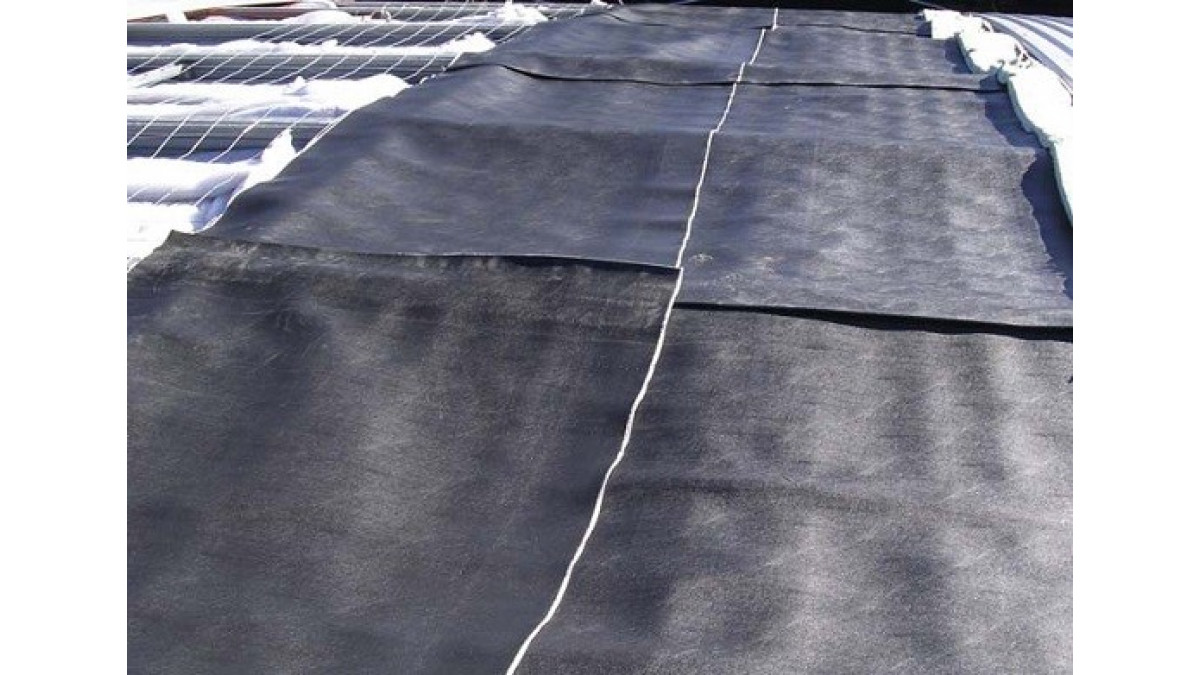
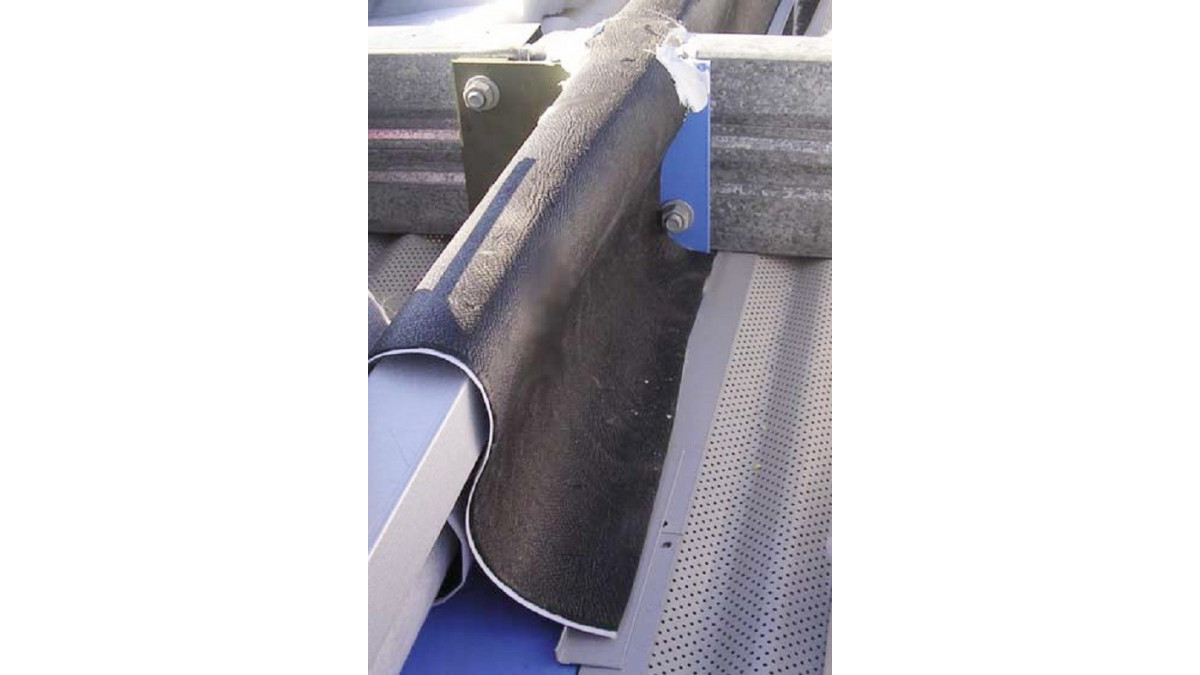


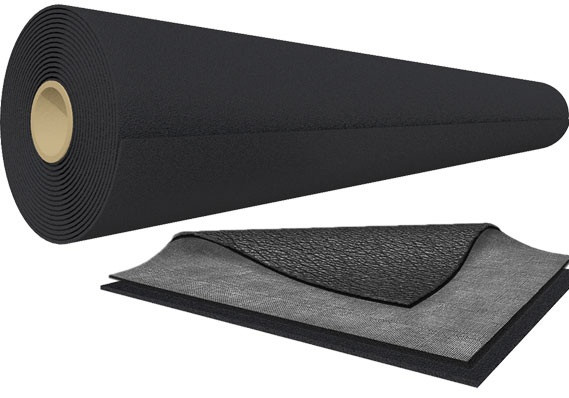

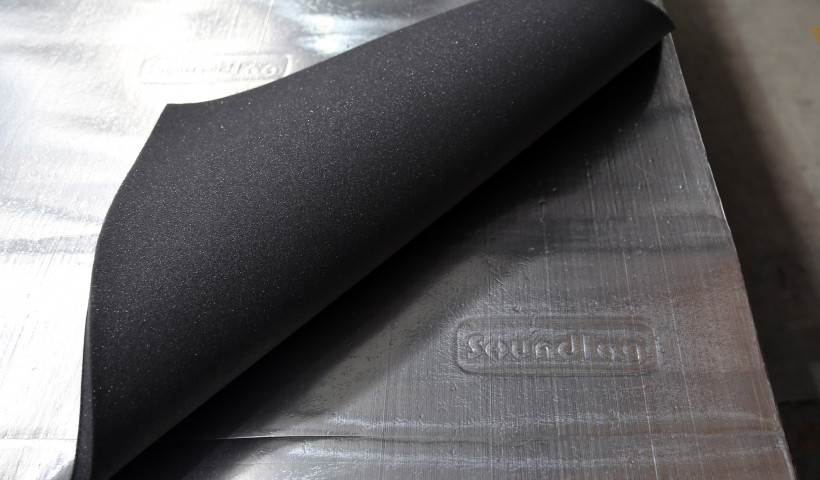
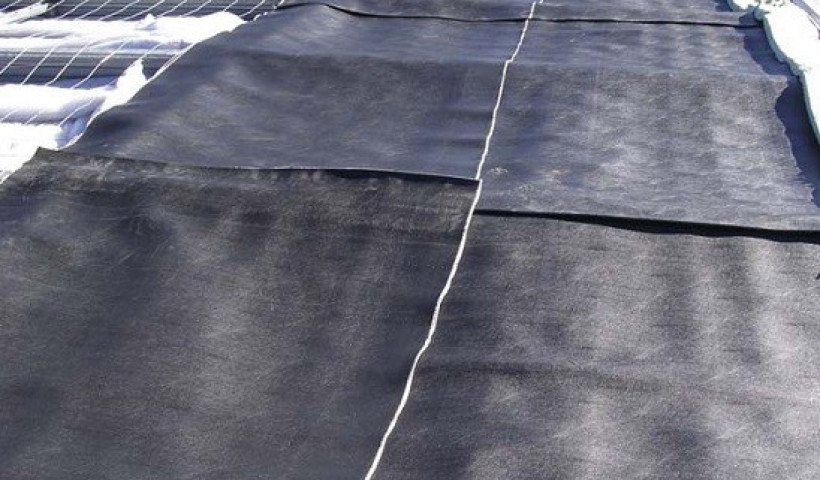
 Popular Products from Pyrotek
Popular Products from Pyrotek


 Most Popular
Most Popular


 Popular Blog Posts
Popular Blog Posts
